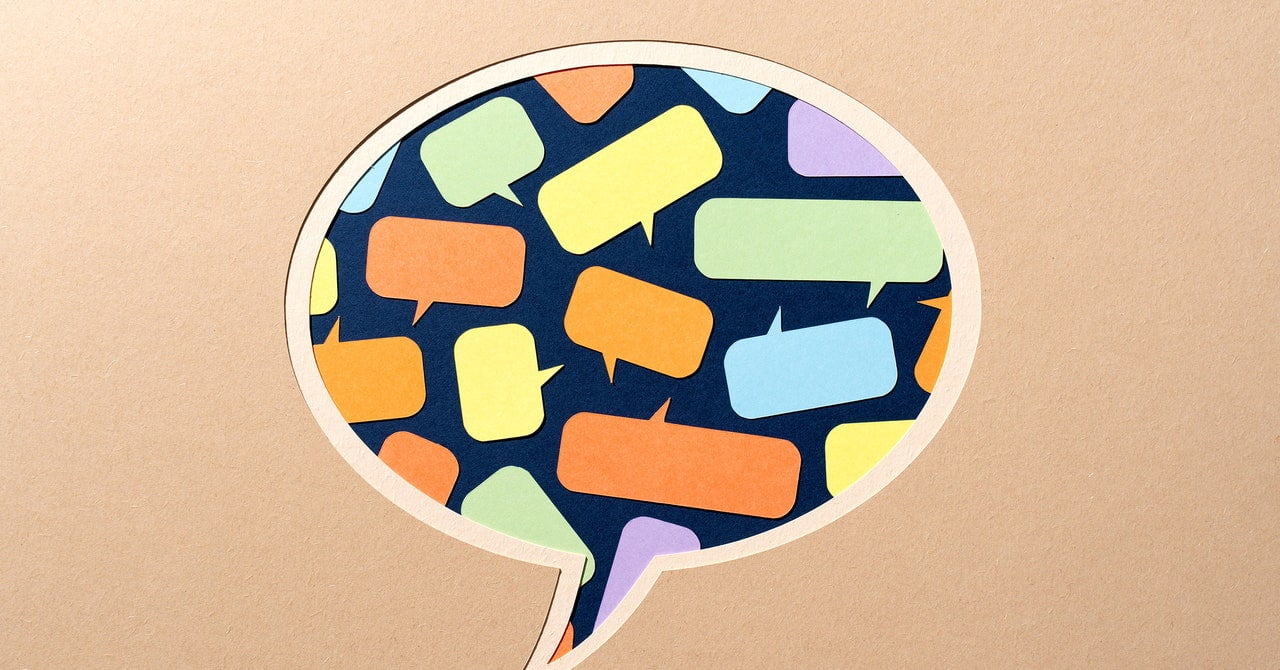
Google just launched its Gemini AI model. Want to try it out for free? A version of the model, called Gemini Pro, is available inside of the Bard chatbot right now. Also, anyone with a Pixel 8 Pro can use a version of Gemini in their AI-suggested text replies with WhatsApp now, and with Gboard in the future.
Only a sliver of Gemini is currently available. Future releases are expected to include multimodal capabilities, where a chatbot processes multiple forms of input and produces outputs in different ways. Just the text-based version has been added to Bard.
Gemini is also only available in English, though Google plans to roll out support for other languages soon. As with previous generative AI updates from Google, Gemini is also not available in the European Union—for now.
Despite the premium-sounding name, the Gemini Pro update for Bard is free to use. With ChatGPT, you can access the older AI models for free as well, but you pay a monthly subscription to access the most recent model, GPT-4. Details on future plans for Gemini remain scarce. Google teased that its further improved model, Gemini Ultra, may arrive in 2024, and could initially be available inside an upgraded chatbot called Bard Advanced. No subscription plan has been announced yet, but for comparison, a monthly subscription to ChatGPT Plus with GPT-4 costs $20.
Do you already have a Google account? Using Gemini inside of Bard is as simple as visiting the website in your browser and logging in. Google does not allow access to Bard if you are not willing to create an account. Users of Google Workspace accounts may need to switch over to their personal email account to try Gemini.
Remember that all of this is technically an experiment for now, and you might see some software glitches in your chatbot responses. One of the current strengths of Bard is its integration with other Google services, when it actually works. Tag @Gmail in your prompt, for example, to have the chatbot summarize your daily messages, or tag @YouTube to explore topics with videos. Our previous tests of the Bard chatbot showed potential for these integrations, but there are still plenty of kinks to be worked out.
So how is the anticipated Gemini Ultra different from the currently available Gemini Pro model? According to Google, Ultra is its “most capable mode” and is designed to handle complex tasks across text, images, audio, video, and code. The smaller version of the AI model, fitted to work as part of smartphone features, is called Gemini Nano, and it’s available now in the Pixel 8 Pro for WhatsApp replies.
As you experiment with Gemini Pro in Bard, keep in mind the things you likely already know about chatbots, such as their reputation for lying. Not sure where to even start with your prompts? Check out our guide to crafting better prompts for Google’s Bard.
Google’s Gemini AI has revolutionized the way chatbots operate, providing a more seamless and intelligent conversational experience. With its advanced natural language processing capabilities, Gemini AI has become an invaluable tool for developers looking to enhance their chatbot’s functionality. In this article, we will explore how to effectively utilize Google’s Gemini AI in the current Bard Chatbot.
First and foremost, it is crucial to understand the fundamentals of Gemini AI. This powerful AI system is designed to understand and respond to user queries in a conversational manner. It leverages machine learning algorithms to analyze and interpret user input, allowing the chatbot to generate relevant and accurate responses.
To integrate Gemini AI into the Bard Chatbot, developers need to follow a few key steps. The first step is to set up a Google Cloud project and enable the Dialogflow API. Dialogflow is the platform that powers Gemini AI and provides the necessary tools for building conversational interfaces. Once the API is enabled, developers can create an agent and define the intents, entities, and training phrases that the chatbot will understand.
Next, developers need to train the chatbot using sample conversations. This involves providing a variety of user queries and corresponding responses to teach Gemini AI how to handle different scenarios. By exposing the chatbot to a wide range of conversations, developers can ensure that it can effectively respond to various user inputs.
One of the key features of Gemini AI is its ability to handle context and maintain conversational flow. This means that the chatbot can remember previous interactions and provide relevant responses based on the context of the conversation. Developers can utilize this feature by implementing context-specific intents and entities. For example, if a user asks for restaurant recommendations and then follows up with a query about the menu, the chatbot can understand the context and provide appropriate responses.
Another important aspect of utilizing Gemini AI is continuous improvement through feedback analysis. Developers should regularly review user interactions and analyze feedback to identify areas for improvement. By understanding common user queries and pain points, developers can refine the chatbot’s responses and enhance its overall performance.
Additionally, developers can leverage Gemini AI’s integration capabilities to enhance the functionality of the Bard Chatbot. Gemini AI can be integrated with various external systems and APIs to provide users with real-time information. For example, developers can integrate Gemini AI with a weather API to provide users with current weather conditions when they ask about the weather.
Lastly, it is essential to regularly test and evaluate the performance of the chatbot. Developers should conduct thorough testing to ensure that Gemini AI is accurately interpreting user queries and generating appropriate responses. This can involve simulating various user scenarios and analyzing the chatbot’s behavior.
In conclusion, Google’s Gemini AI offers immense potential for enhancing the functionality of the Bard Chatbot. By following the steps outlined above and leveraging its advanced natural language processing capabilities, developers can create a more intelligent and user-friendly chatbot. With continuous improvement and regular testing, the Bard Chatbot can provide an exceptional conversational experience for users.






